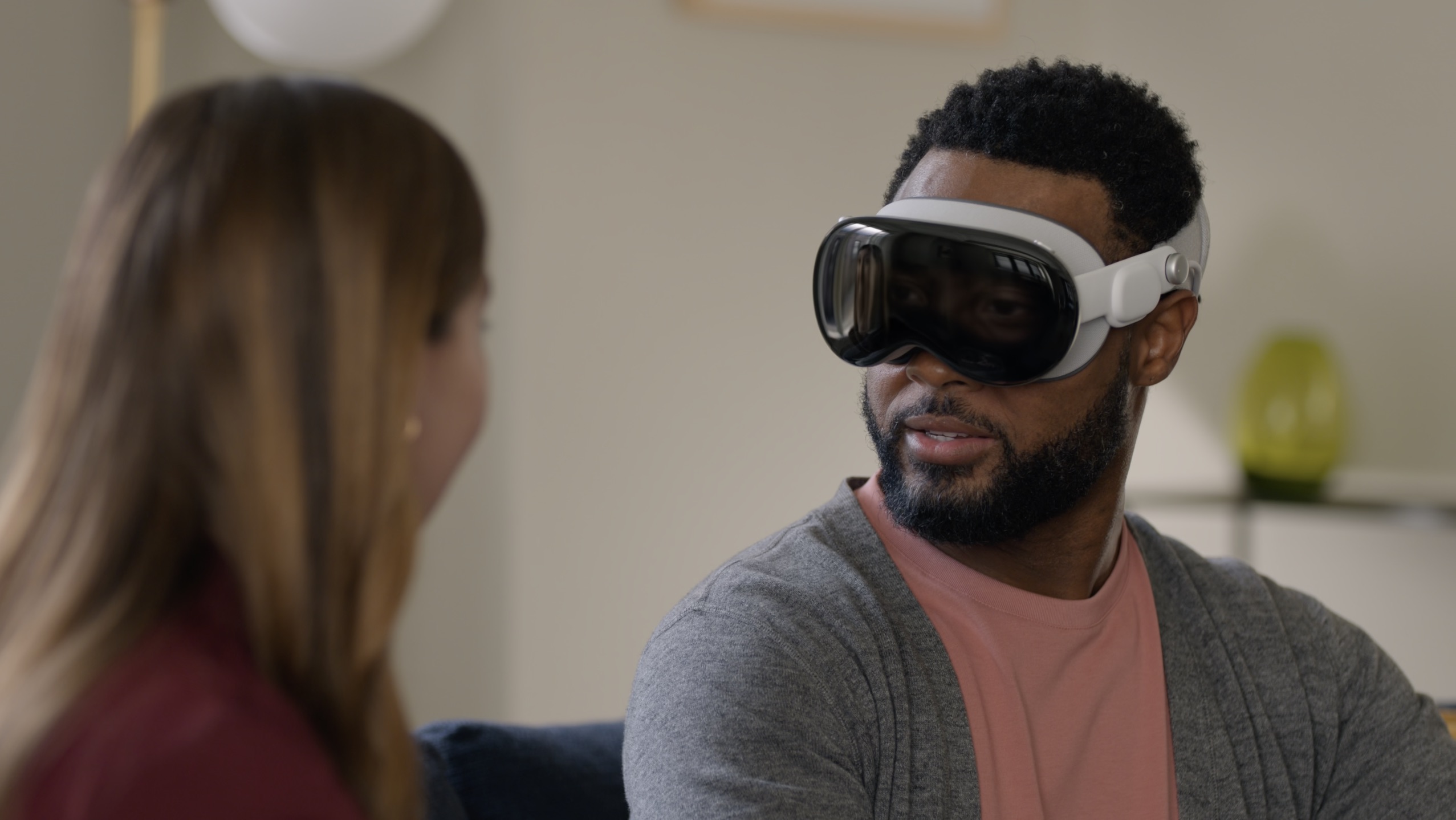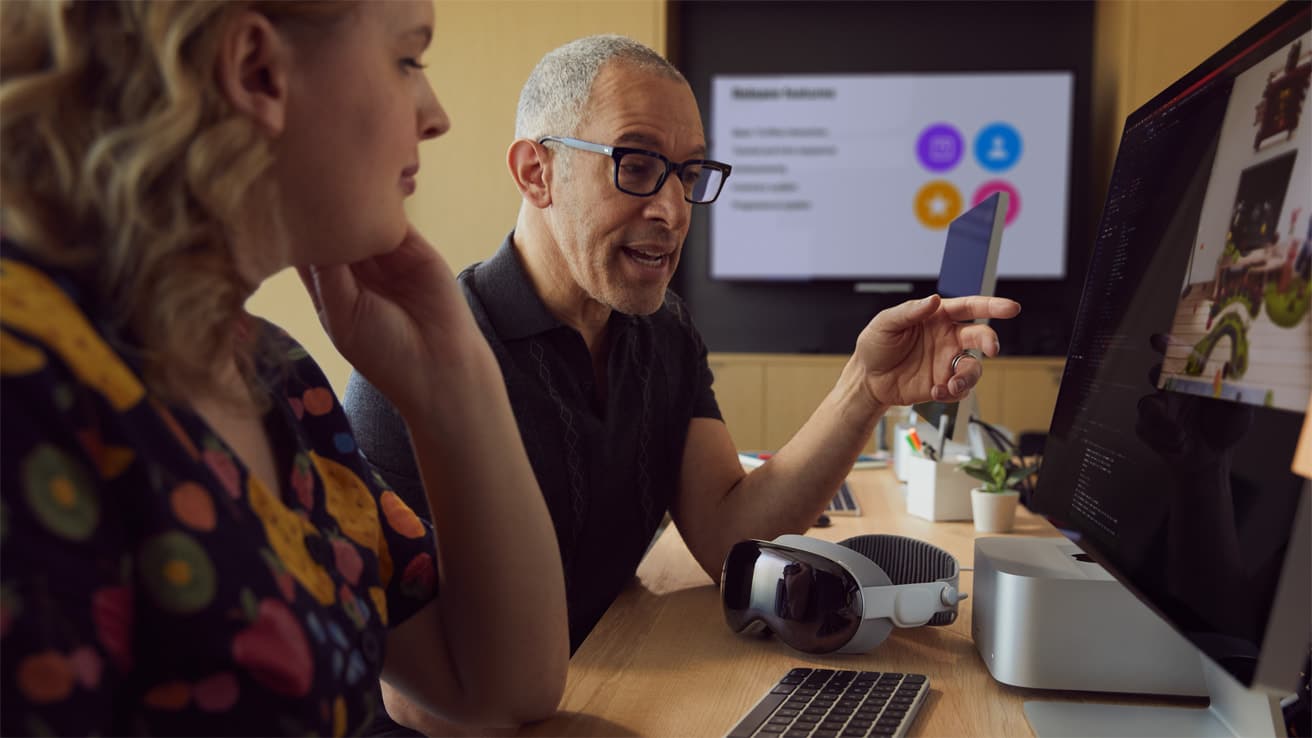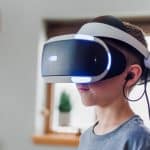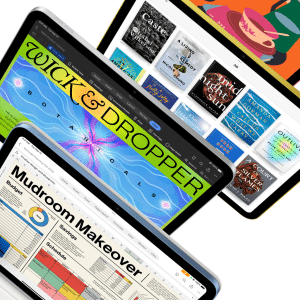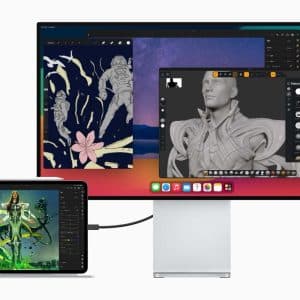Privacy stands as a cornerstone of Apple Inc.’s ethos, particularly evident in its latest augmented reality offering, the Vision Pro. Apple Inc. aims to shield its users from data breaches and privacy invasions, a stance reinforced by the industry’s wary eye on past missteps like Google Glass.
This protective measure manifests through stringent access controls to the Vision Pro’s camera capabilities, intended to prevent any unauthorized privacy infringements.
However, this well-intentioned safeguard presents obstacles for developers eager to push the envelope in AR applications.
Kalani Helekunihi, an AR developer dedicated to creating applications for the elderly and those with disabilities, sees potential for groundbreaking apps that could significantly improve user accessibility and functionality. Yet, the restrictions on camera usage curtail his ability to bring these ideas to fruition.

Echoing Helekunihi’s sentiments, Antony Vitillo, a developer at the intersection of AR and virtual reality (VR), aims to enrich his applications by integrating real-world objects to enhance immersive experiences. Still, he finds himself at odds with Apple’s limitations, which hinder his ability to fully tap into the Vision Pro’s capabilities.
Apple’s privacy-first approach is undoubtedly laudable, serving as a critical safeguard for user data. Nonetheless, it presents a dichotomy that challenges AR developers who are keen to explore the depths of what the Vision Pro can offer. This tension between privacy protection and innovation calls for a balanced solution that can accommodate both concerns.
As the AR technology field evolves, there is optimism for a compromise that addresses privacy concerns without hampering creative exploration. With the Worldwide Developers Conference (WWDC) 2024 approaching, developers are hopeful for updates or policy adjustments that might allow for a more flexible use of the Vision Pro’s features while upholding strong privacy standards.
